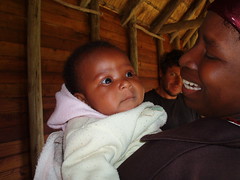This weekend, I spent mainly working on an assignment about labour, globalization and development. Most of the conversation revolved around the exploitative labour by multinational companies in manufacturing, women and child labour. After reviewing some of our academic journals, it came to me that there is little empirical evidence or work done on labour with the actual people at work. Most legislation or protests have come from naturally NGOs that have not investigated the actual effects for those working at the factories. I learned that actually women are actually receiving generally better pay and flexibility than before when they worked either in the informal market (selling vegetables or goods in a small stand) or unpaid domestic work. Some women have stated that they have gained confidence from being able to bring home some of the household income and they are now able to hold negotiating power in the relationship. In terms of the child labour issue, it is a rare case to find children under the age of 14 working in factories. Most children are actually working in agriculture (herding cattle, feeding animals) or doing domestic work at home. Around 74% of children who do work also attend school. Children are usually put in the situation of labour because parents have become desperate in poverty or low incomes that they must resort to having their children to help. Recommendations of raising household income for families is the best solutions. Education initiatives (education subsidies, food for school programmes) can also motivate parents to send children to school. It is a difficult issue to face and I see now that there is really no easy answers.

No comments:
Post a Comment